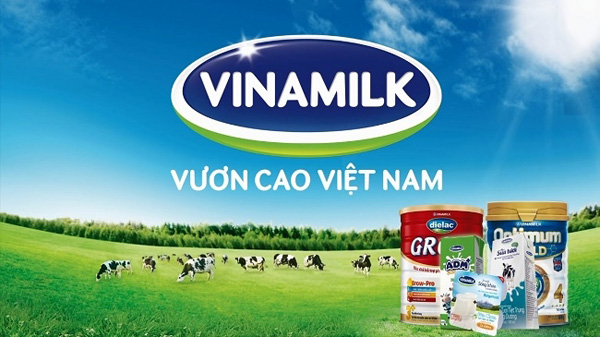


|
This is the second consecutive year in which Vinamilk has topped the Forbes Vietnam list. Accordingly,
the total brand values of the 40 companies reached over US$5.4 billion,
representing an increase of 20% when compared to the 2016 list.
As for
Vinamilk, this is the second consecutive year in which the Vietnamese milk
giant has come in first place, with a brand value of more than US$1.7
billion.
Military-run
telecom operator Viettel and construction giant Vingroup ranked second and
third, with respective values of US$849.6 million and US$299.3 million. The
smallest value in the list went to the Loc Troi Group with US$13.1 million.
Other
representatives in the top ten included, the Saigon Beer - Alcohol - Beverage
Corporation Company (SABECO) with US$254.5 million, Masan Consumer with
US$217.9 million, FPT with US$176.2 million, Vietcombank with US$137 million,
Vietinbank with US$134.5 million, Truong Hai Automobile JSC (THACO) with
US$130 million and the Bank for Investment and Development of Vietnam (BIDV)
with US$134.32 million.
Companies
producing consumer goods accounted for an overwhelming number, followed by
the group of finance and banking. The group of technology and telecommunication
featured three representatives.
This
year’s list recorded some debutants such as the Quang Ngai Sugar JSC, Vietnam
National Petroleum Group (Petrolimex), Saigon Tourist and Loc Troi Group.
Forbes
Vietnam prepared the list based on using the Forbes assessment measure, which
is to calculate the contribution of the brand to a company’s business
efficiency. The most valuable brands are those with the largest revenues in
the industries in which the brands play a key role.
For
unlisted companies, Forbes Vietnam applied the measure of comparing them with
other companies in the same sector, with a similar scale, to identify the
brand value.
|
Source: NDO